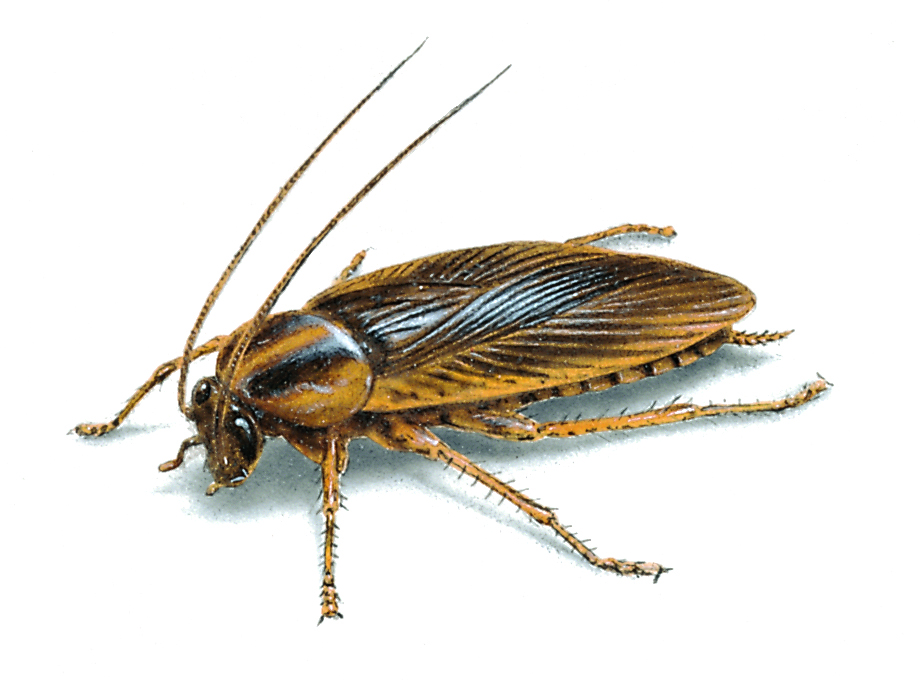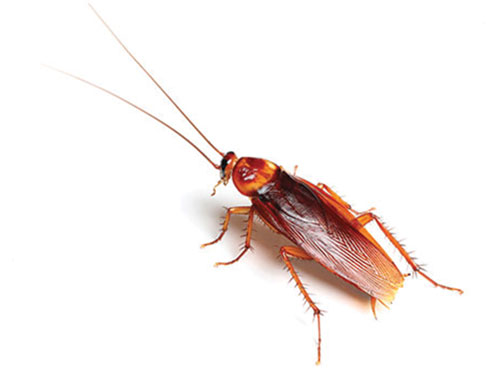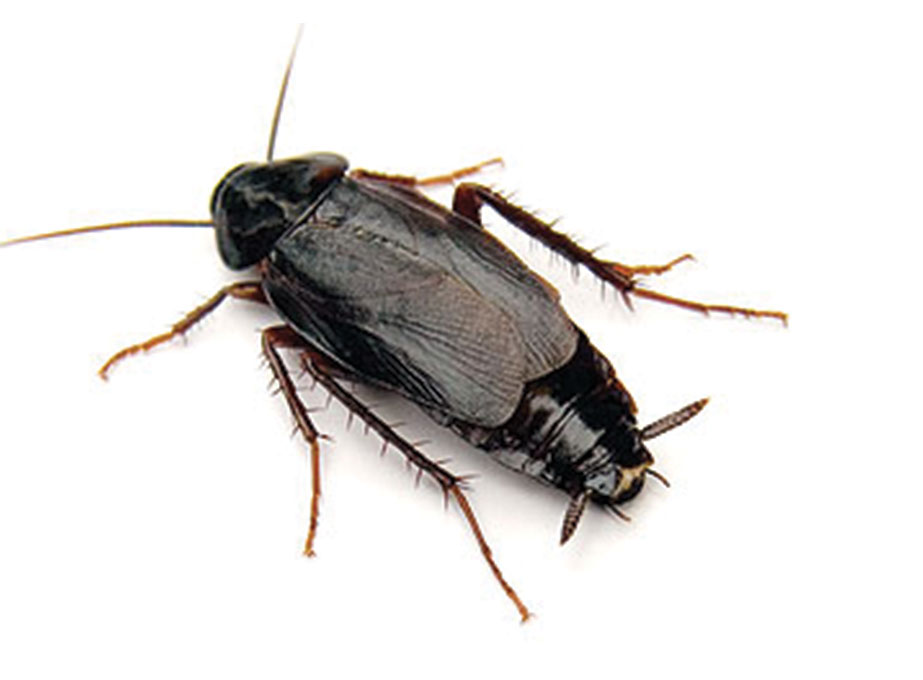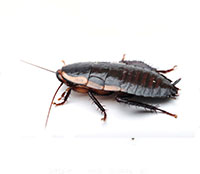Cockroach Pest Control
Auckland & Northland typically have problems with 2 types of cocroaches.
- Indoor Cockroaches
- The German Cockroach
- The American Cockroach
- The Oriental Cockroach
- Outdoor Cockroach
- The Gisborne Cockroach
The introduced American and German cockroaches hate the cold but love warm buildings. The Gisborne cockroach - a Western Australian immigrant named because it was first found in Gisborne - prefers wood piles and lives under houses but will enter buildings "by mistake".
It likes warm climates too and is common in the east of the North Island but has also been found at the top of the South Island.
There are more than 4500 species around the world read more about cockroaches here.
No More Pests offer the right pest management solution for cockroach control and eradication.
From immediate relief to long acting treatments we offer a range of solutions to manage the problem, both short term and long term.
Indoors or outdoors, we help identify where the problem is coming from
Cockroach control & eradication pest control management.
Preventative measures for the future to help keep your home and business cockroach and pest free.
The owner of a busy cafe unwisely tried to contain a cockroach problem in the cafe kitchen himself using DIY ( fly Spray!!).
Of course the problem grew…
David was called in and used his super effective cockroach eradication method – in a very short time there were no more cockroaches. Several years later that cafe owner reports that he NEVER sees a cockroach!
Read more stories
GET A QUOTE NOW
Quotes within 24 hours Monday to Friday
The German Cockroach 12 mm long, can be from tan to black with 2 dark parallel stripes on the back (top) . The German cockroach will eat almost anything and love a hot humid environment and are often at worst in the summer months.
German Cockroaches are known carriers of diseases such as Salmonella, Dysentery and Gastroenteritis. Cockroach droppings have even been linked to increases in eczema and asthma
Since they live in such close proximity to people, they contaminate food and surfaces, spreading disease. German Cockroaches are constantly breeding, the female carries 30-40 eggs in a case and can produce one egg case per month. They live up to a year and reach maturity in about 60 days. The can survive in extreme conditions, without food or water for short periods.

The American Cockroach is 40mm long, usually reddish brown. The American cockroach prefers to breed in and around underground sewer facilities and utility networks from which they may venture out into other buildings. American cockroaches leave behind droppings in the dim areas in which they hide. These small droppings are blunt on the ends and have ridges on the sides. Another sign of an American cockroach infestation is the presence of egg capsules, which are about 8 mm long and dark-colored. Egg capsules are sometimes glued to a surface near food sources, and can be found in basements, laundry rooms and kitchens, as well as behind appliances or underneath cabinets.are constantly breeding, the female carries 30-40 eggs in a case and can produce one egg case per month. They live up to a year and reach maturity in about 60 days. The can survive in extreme conditions, without food or water for short periods.

The Oriental Cockroach is 25-35 mm in length and a dark brown to black colour. Found both indoors and outdoors. Preferring a cooler environment, basements and damp areas. 4 to 7.5 mm long.
Egg capsules are sometimes glued to a surface near food sources, and can be found in basements, laundry rooms and kitchens, as well as behind appliances or underneath cabinets.are constantly breeding, the female carries 30-40 eggs in a case and can produce one egg case per month. They live up to a 6 months once they reach the adult stage, year and reach maturity in about 12 months. The can survive in extreme conditions, without food or water for short periods

The Gisborne Cockroach is 20-45 mm usually dark brown with white black stripes on the side of its body from the head to about half way down. It can be told apart from the native bush cockroach by its more distinctive white bands and larger body. It has very prominent hind legs and its flattened body can squeeze through gaps less than two milimetres high. It is harmless—unlike German or American cockroaches, it does not spread disease, nor can it fly. It typically doesn’t invade food supplies, unless they’re decaying. It prefers to stay outside under bark or wood chips, however will come inside if it’s wet or too hot

Totally Reliable
SAFE EFFECTIVE PEST CONTROL
TREATMENTS
Registered Member Pest Management Assn NZ